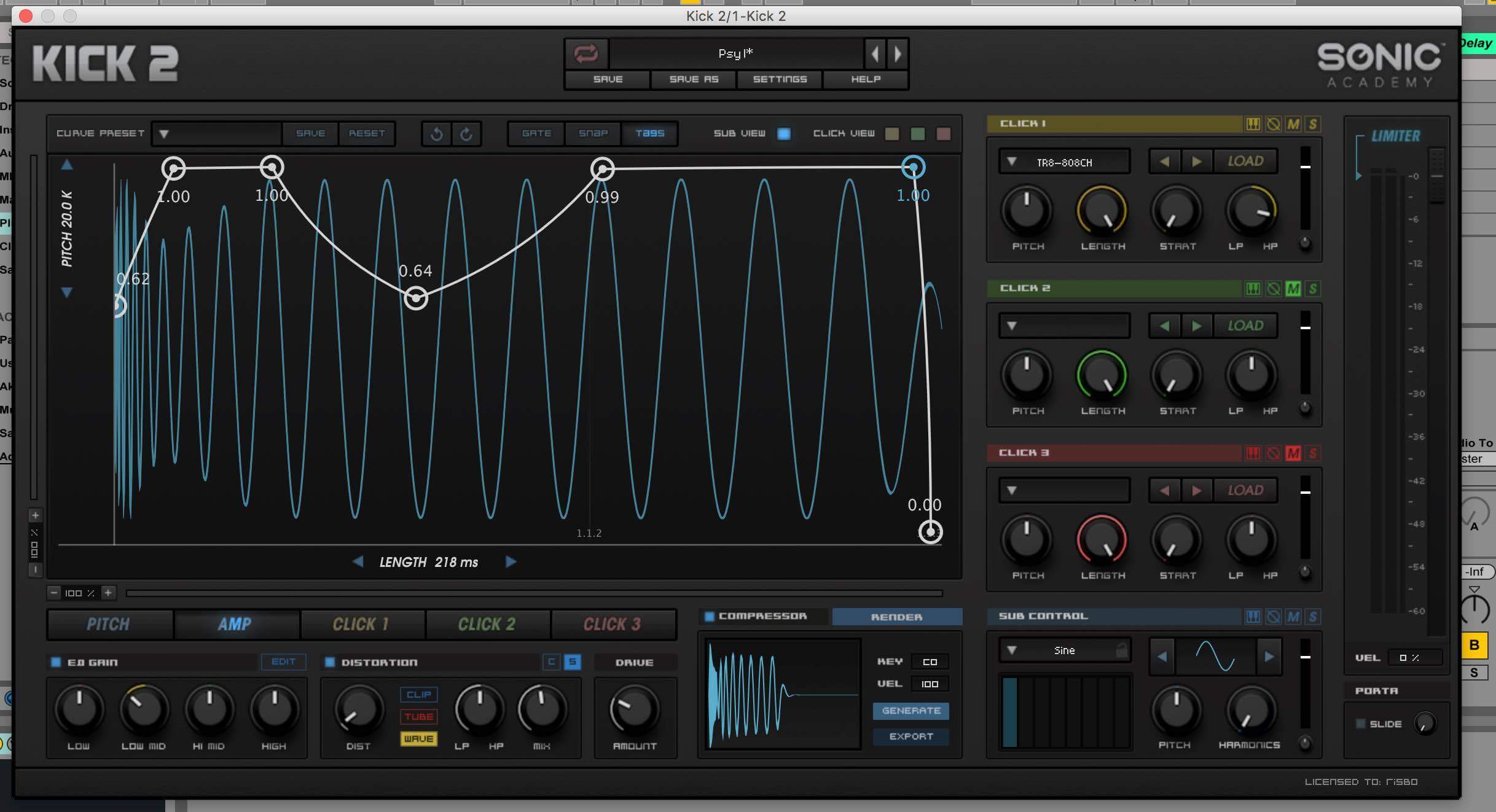

It is tempting to simply calculate the time it would take for individual echoes to reach the ears of the listener, implement delay lines for each, and simply add all of the echoes together.

How long the echoes take, and their density (the frequency of their arrival) is dictated by the position of the sound source, the position of the listener, and the size and shape of the room. This time period is often implemented in reverbs as a “Pre-delay” knob. The first few milliseconds after a sound is made, very few, if any, echoes are arriving at the ears of the listener. Soft materials aborb more of a signal than harder materials, and more of the high frequencies in particular. When a sound wave reflects off of a surface, some of it’s energy is absorbed, depending on the type of material the surface is made of. Sound waves emanating from your fingers will travel in all directions until they hit a wall or another barrier. Imagine you snap your fingers from the center of a small room. Reverb is easiest to hear and understand in the context of enclosed spaces. Let’s first get a simple understanding of the real-world effect we are trying to mimic. Nonetheless, I think it is an important starting point for learning, if you are interested in designing custom reverbs. The algorithms we will be starting with are old, and have several flaws. I will warn you in advance that designing and implementing high-quality reverb algorithms is not easy.
Reaktor 6 crack directions series#
Many of the basic, freely available reverb algorithms require the creation of custom filter types, and as such, readers of this series are expected to be familiar with at least the first few tutorials in our series on filter design in Reaktor. In this tutorial series, I’ll explain how reverb works and start to create a reverb macro in Reaktor.


 0 kommentar(er)
0 kommentar(er)
